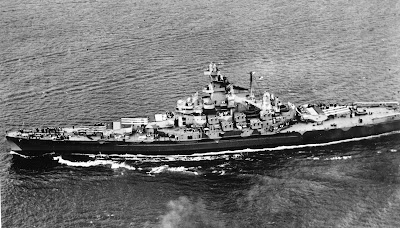ComNavOps has long stated that UAVs, especially the larger
ones, are utterly ineffective, unsuited, and non-survivable over the
battlefield and the Air Force has publicly agreed with that assessment. Despite my statements, many (including the
Navy) continue to believe that UAVs will provide omniscient awareness about our
enemies. Well, we’re finally starting to
accumulate some real world data. We know
that Iran has downed multiple UAVs in the past [2] but now we have combat data
from the Navy’s engagement with the Houthis in Yemen. What does the data show?
Bing’s AI search engine reports (unsourced),
Other sources have similar or larger reported loss numbers. The point is not the exact number of losses but the fact that this proves that larger UAVs are not survivable over the modern battlefield. In this case, the conclusion is even more emphatic since the Houthis are far from a modern, top tier military force like the Chinese and because these losses are occurring in the face of supposed high intensity attacks on the Houthis – and yet they somehow manage to routinely shoot down our UAVs? I guess our attacks aren’t very effective, are they?
Seven Reaper drones have been brought down by the Houthis since the beginning of March, with six of them occurring since March 15 and three of them over the past week, the official said. At least 15 Reapers have been brought down by the Houthis since October 2023 … [1]
Bing’s AI search engine reports (unsourced),
Houthi rebels in Yemen have downed seven US MQ-9 Reaper drones since March 31, 2025. Since November 2023, the Houthis have claimed responsibility for downing fourteen MQ-9 Reaper drones. Yemeni forces have shot down seven US MQ-9 Reaper drones this month and 22 since October 2023. Each MQ-9 is worth about $30 million, so that means the US has lost $660 million worth of drones over Yemen in about a year and a half.[1]
Other sources have similar or larger reported loss numbers. The point is not the exact number of losses but the fact that this proves that larger UAVs are not survivable over the modern battlefield. In this case, the conclusion is even more emphatic since the Houthis are far from a modern, top tier military force like the Chinese and because these losses are occurring in the face of supposed high intensity attacks on the Houthis – and yet they somehow manage to routinely shoot down our UAVs? I guess our attacks aren’t very effective, are they?
How is it possible that the Houthis can manage to operate
radars and SAM launchers while supposedly being overwhelmed by US military
attacks? We can’t stop the Houthis from
doing this but we think we’ll take on the Chinese?
https://abcnews.go.com/Politics/houthis-shoot-growing-number-us-drones/story?id=121099082







